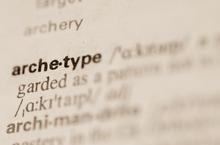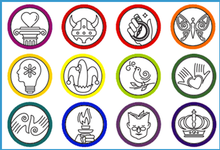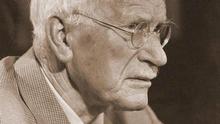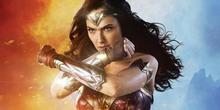
 What Are Archetypes?
What Are Archetypes?
Carl Jung, a Swiss psychiatrist from the 20th century, was the first person to bring the application of archetypes into modern psychology. Jung noticed that people and life situations are marked by primary patterns reflected in symbols, images, and themes common to all cultures and all times. We see archetypes as recurring images in art, literature, myths, and dreams. Mother, Father, Home, Stranger, Betrayal, Anger, Love - these are all archetypes expressed in characters, stories, images, and symbols in all cultures and all times, and, these are all universal experiences in human life.






